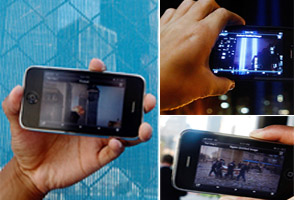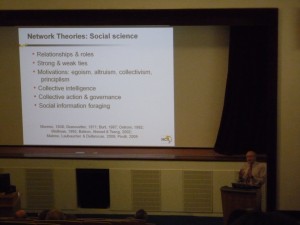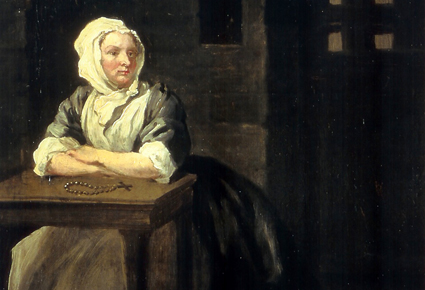What better way to ring in the New Year than to put your feet up and enjoy a few re-runs? Here are some of our most popular posts from the last year or so as well as a few you might have missed…
1. Posthumanity and digital superpowers

We’ve been blogging about Human 2.0 for over two years now, but it was this April that we split off from Bitcurrent and launched this site. We kicked off with two launch posts… a high-level scene-setter called Welcome to posthumanity:
“We’re becoming a new species–one that can hack its own cognition and edit its own biology. We’re all getting an upgrade, like it or not. This is the most important subject of the century, but it’s still hiding in academia and science fiction. We hope to change that.”

…and a look at some of the tangible ways in which the Internet gives us superpowers:
We may not realize it, but the Internet has given us superhuman abilities. Technology lets us to do things that were impossible 30 years ago – from speaking foreign languages and armchair travel to global messaging and virtual worlds. Welcome, Human 2.0, these are your superpowers.
2. It’s all about the data






 @
@ Tags:
Tags: 















 Like all images on the site, the topic icons are based on images used under Creative Commons or in the public domain. Originals can be found from the following links. Thanks to
Like all images on the site, the topic icons are based on images used under Creative Commons or in the public domain. Originals can be found from the following links. Thanks to